Short-scale vs long-scale bass: what's the difference?
Get the lowdown on the low-end – we look at the differences between short-scale and long-scale basses
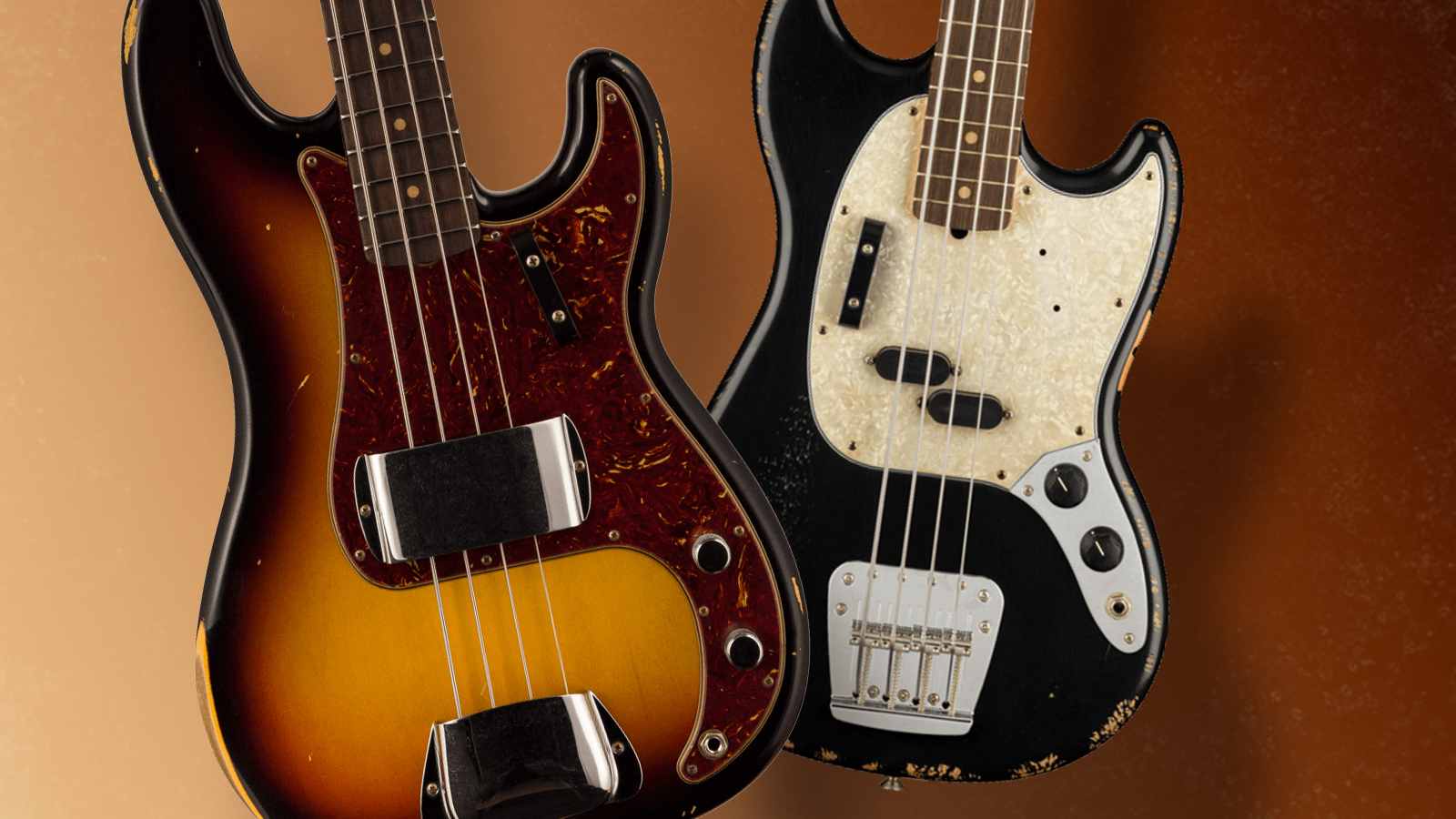
When it comes to eternal debates, there are a few that immediately spring to mind: Sean Connery or Roger Moore? Star Wars or Star Trek? Keaton or Bale? Fender or Gibson? And of course, which is better, short-scale or long-scale bass guitars?
It’s fair to say we are living in the golden age of bass guitar – there’s never been so much choice. There are more brands and models out there than anyone could ever count and they are available with just about any spec detail you could think of. Now, one of the most important decisions facing players who are seeking a new instrument is whether to go for a short-scale or long-scale bass.
Well, if you’ve ever wondered which is the right scale length for you, you’ve come to the right place. Today we’re going to break down the key differences between these distinct types of bass, the pros and cons of each design and give you a few recommendations for models to check out for yourself.
Short-scale vs long-scale bass: What is scale length?
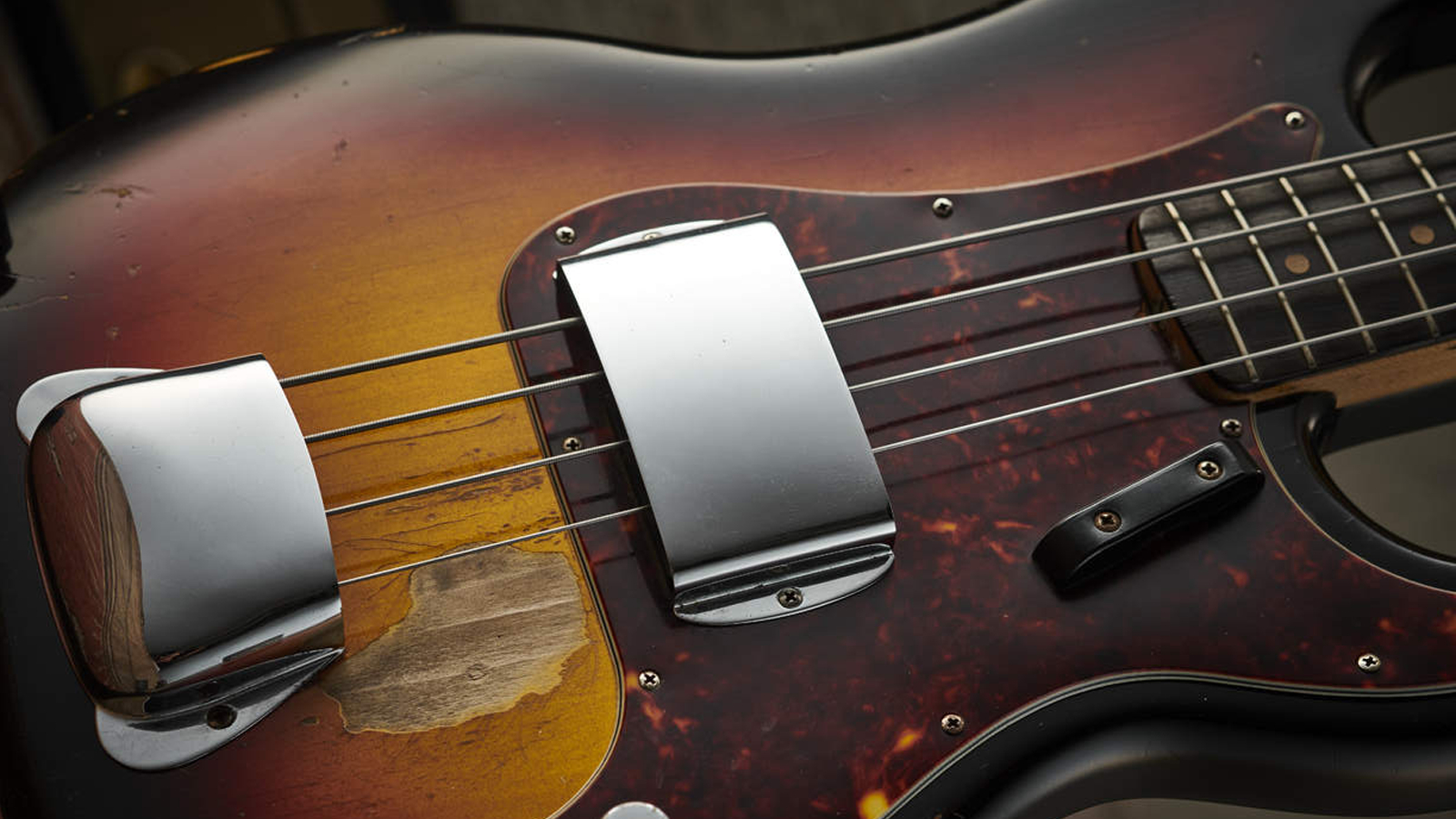
Simply put, the scale length refers to the distance between the top nut and the saddles on the bridge – and is used to measure the total playable length of the instrument. A long-scale bass is seen as the standard and will typically have a scale length of 34", while short-scale basses will usually opt for 30" – although this can differ depending on brand.
Okay, so that’s the standard length found on bass guitars today, but why is it this way? Well, the development of the electric bass dates way back to the 1930s – yes really – but the concept of an amplified bass guitar wouldn’t be perfected until Leo Fender designed the Precision Bass a few decades later in 1951.
This brand-new instrument set the blueprint for the bass guitar and has been used as the gold standard ever since. Now, while many of the aspects of the now iconic design were copied, from its pickups to its aerodynamic body, it could be argued that the standardized 34” scale length is the main gift the P-Bass gave the world.
As the bass was tuned an entire octave lower than the guitar, Leo chose 34” for the scale, as he believed that would give the new bass the optimal string tension – and many players agreed with him! Other models such as the Fender Jazz Bass, Music Man Stingray and Yamaha BB all opt for a 34" scale.
All the latest guitar news, interviews, lessons, reviews, deals and more, direct to your inbox!
While the Precision Bass may have been the catalyst for the boom in electric bass guitars, many brands have refused to stick to the formula Leo’s historical bass set – choosing instead to op for a shorter scale length. We consider anything 31″ and under to be short-scale and there are plenty of iconic models that use this scale length to glorious effect, such as the Gibson EB-0, Fender Mustang, Höfner 500 and Gretsch G2220 Junior Jet.
Short-scale vs long-scale bass: Feel
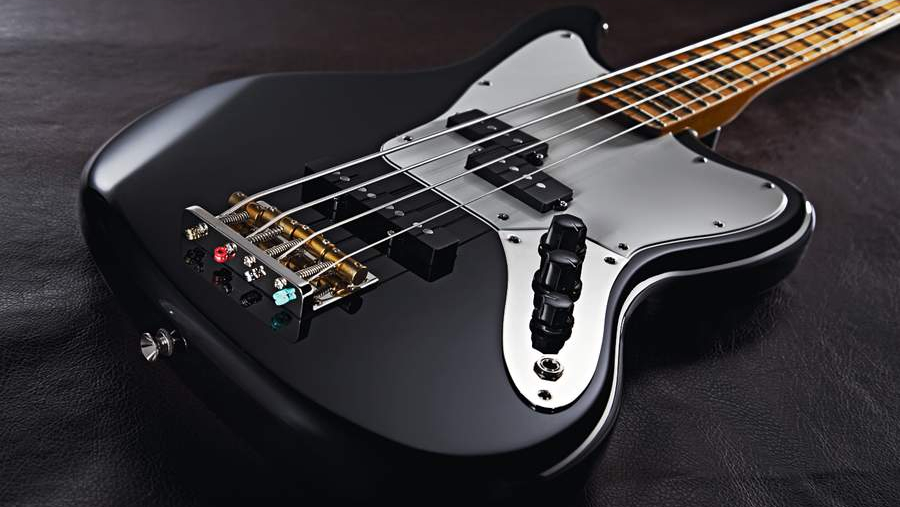
The biggest difference between short and long-scale basses is the feel – your fretting hand will instantly notice a difference jumping from one to the other. Firstly, on a short-scale bass, the strings have less tension. This can make them feel slinkier and slightly easier to bend. If your playing incorporates a few bends now and again, then great - but if not, then you might find yourself accidentally bending some notes slightly out of tune if you’re using the same pressure as you would on a long-scale bass.
To combat this, many short-scale players will use thicker strings. Of course, you’ll notice the heavier gauge under your fingertips, but the tension should be nice and balanced. Thicker strings often mean a thicker tone too.
The strings on a long-scale bass are under more tension, so they will feel a little tighter and stiffer in comparison. Which one is easier to play all comes down to personal preference.
Both short and long-scale basses will usually have around the same number of frets – 19 or 20 on average. The twelfth fret is always at the halfway point of the scale length, which means that on a short-scale bass, the frets are closer together. On a long scale, there’s a little more distance between the notes.
The frets being a little more compact on a short-scale bass means that moving between notes requires less stretching. This can be good for those with smaller hands or for children who are picking up the instrument for the first time. Guitar players who are moving to bass might also prefer a short-scale bass as it will feel slightly more familiar.
With the frets being more spaced apart on a long-scale bass, you do need to stretch a little more – though many traditional bassists find this more comfortable. If you’re a player who finds themselves further up the fretboard quite often, then it’s worth remembering that the frets get closer together as you go up. If you’ve got bigger hands, then you might find a short scale doesn’t have enough room in the higher registers, but again, it really does depend on your personal preference – we really do recommend trying both out to see which compliments your playing technique.
Short-scale vs long-scale bass: Tone
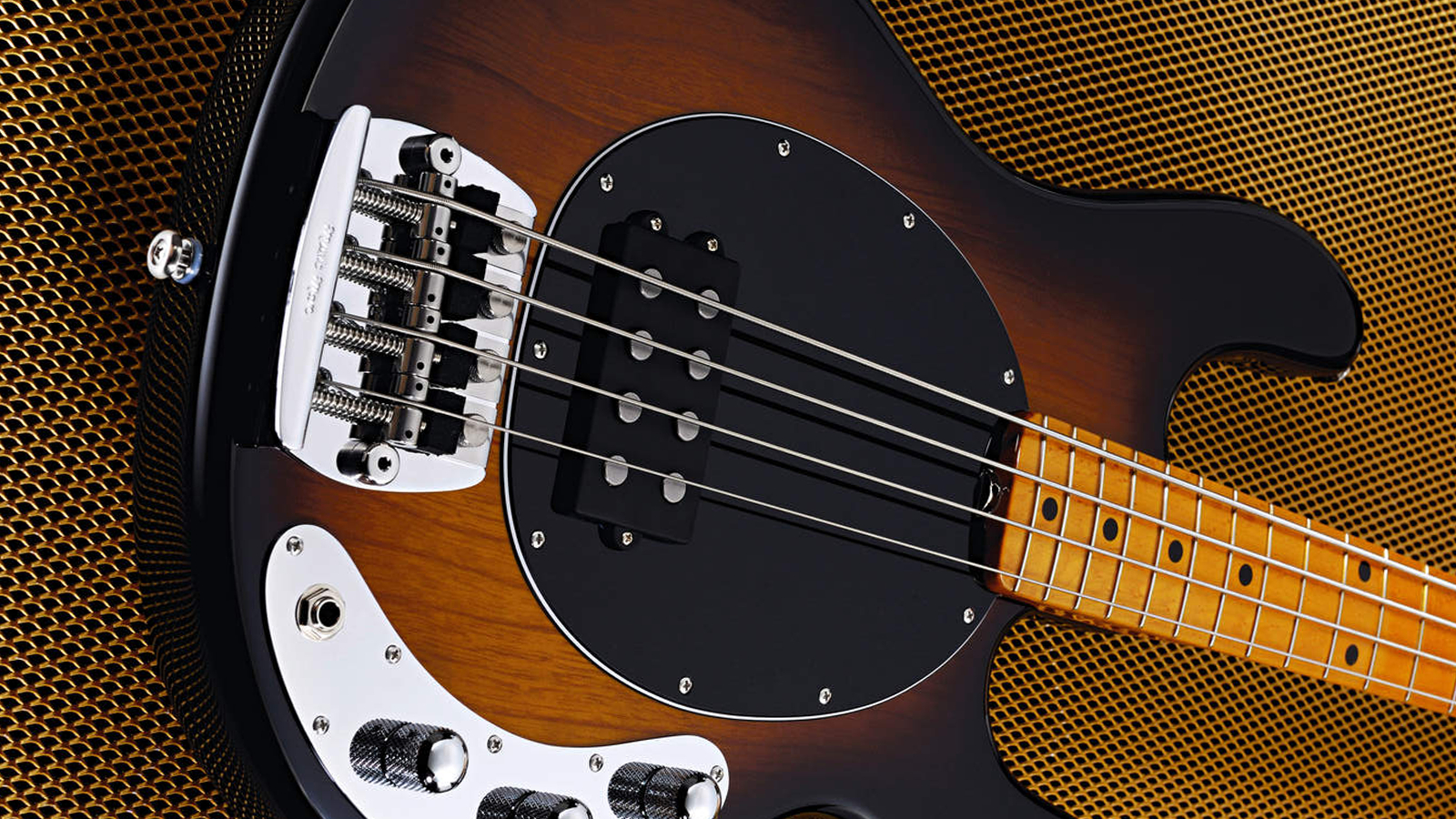
Believe it or not, the scale length of a bass actually greatly affects the sound. Now, before we take a deep dive into the tonal differences, we must first pre-empt this section by saying we’re going to be speaking quite generally about the main distinctions in tone between short-scale and long-scale basses. Things like pickups, the rig you’re playing it through and string gauge will all play a part in the tone that you hear.
In general, short-scale basses will sound a little warmer and tend to have a little more low-end. The length of string ringing out is shorter so the harmonics are more tightly packed in. Harmonics are the subtle additional notes that ring out, as well as the main, or fundamental, note that you’re playing – they actually contribute quite a lot to the whole voice of an instrument. Short scales will also have fewer top-end overtones, contributing to this warmer sound overall.
Long-scale basses have harmonics that are more spread out which helps them sound a bit brighter. You’ll normally find that they have a tighter and more focused tone. The overtones that ring out are more related to the fundamental note. This gives a long-scale bass a punchier and more defined tone. This can be great for recording and for band mixes where there’s lots going on in the bottom end – like if your drummer is addicted to that double kick pedal!
Short-scale bass vs long-scale bass: Practicality
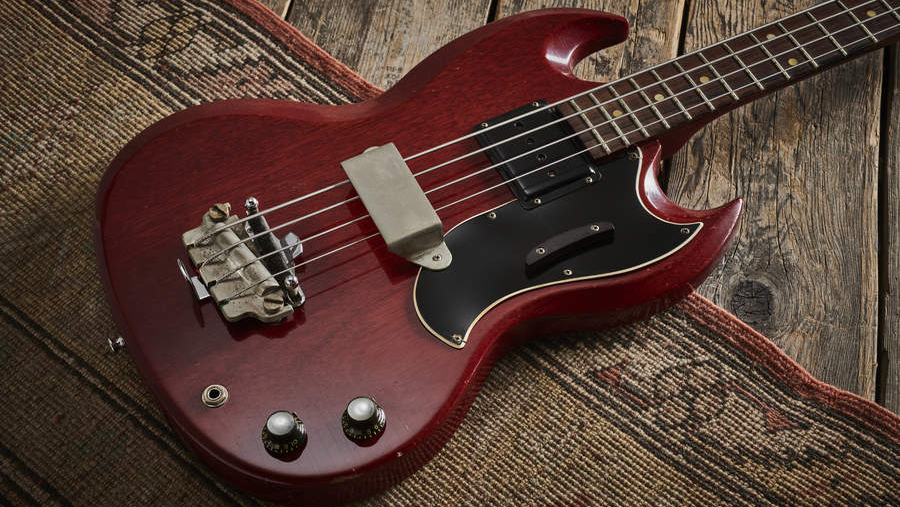
Finally, we need to discuss the practical side of short-scale and long-scale basses. As you’d expect, a short-scale bass will have a physically shorter neck, so reaching the bottom frets requires less stretching – ideal for those with shorter arms. If your child wants to learn the instrument, then a short scale will be a lot easier for them to manage – be sure to check out our guide to the best basses for beginners to see which models we recommend.
Short-scale basses will generally have slightly smaller bodies, too. Again, there’s the physical side of having the instrument against your body and reaching around it, so many might find them more comfortable. There’s also slightly less wood being used, which is going to reduce the weight somewhat as well. There might not be a massive difference, but if you’re standing up for long periods of time with the bass, then every little helps.
Short-scale bass recommendations
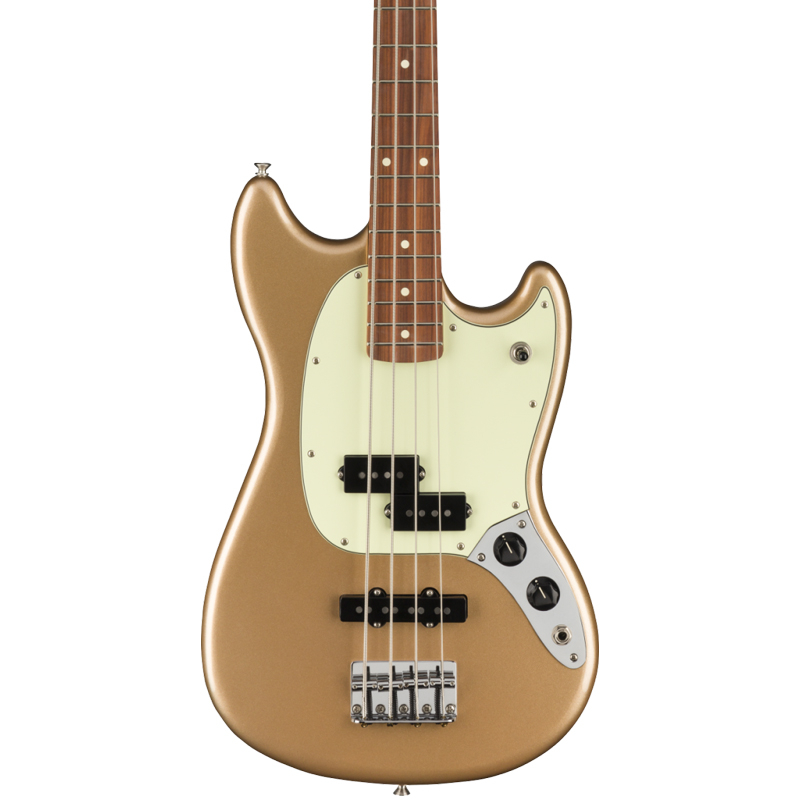
Combining the vintage look of the original with the superbly versatile PJ pickup configuration, this Mustang certainly kicks out a tremendous amount of tone and the popular C profile neck, with its 9.5″ radius fingerboard, will fit most hands. At the same time, the Satin Urethane finish gives the instrument a silky smooth feel.
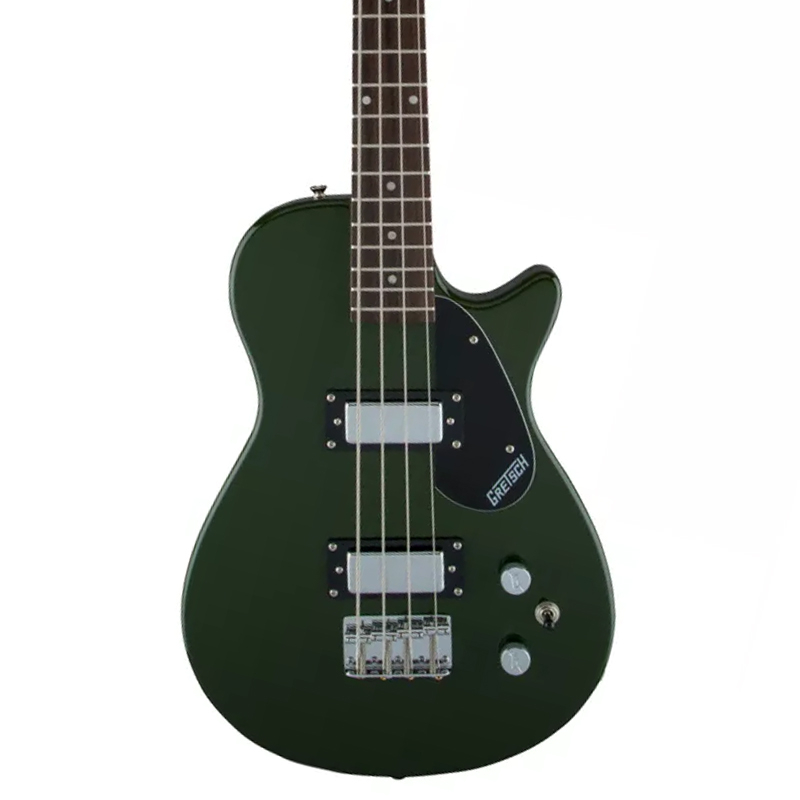
With a basswood body, bolt-on maple neck, 30.3″ scale length and basic control layout, it's fair to say the G2220 is a simple affair, but that's part of the charm. The mini humbucking pickups deliver all the low-end you could ask for while bringing enough high frequencies to the table to ensure you hear every detail in your playing.
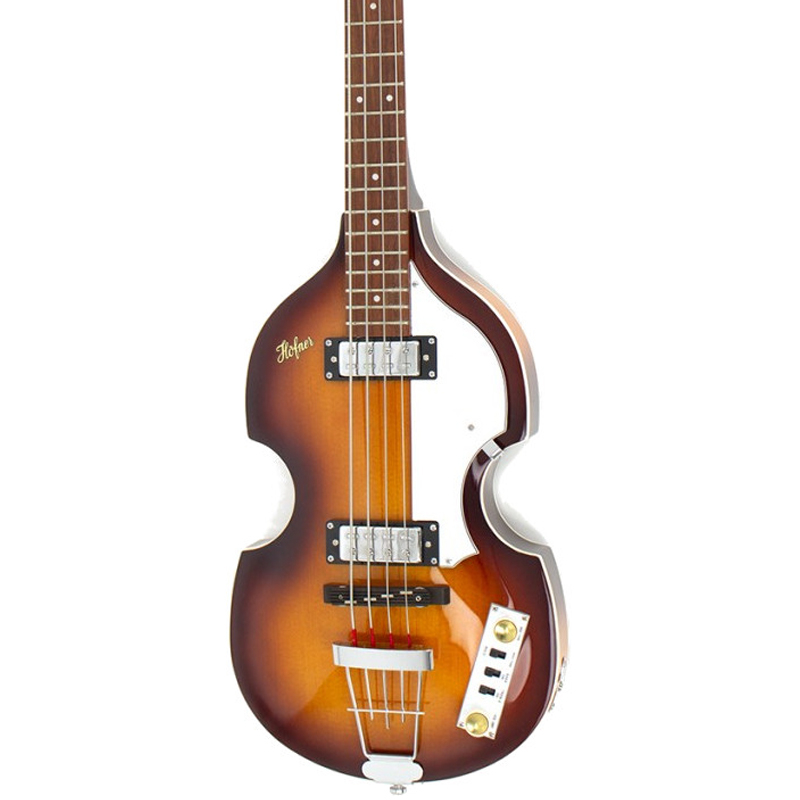
Few basses are as distinctive and iconic as the legendary violin bass, thanks massively to a certain Liverpudlian who loved its lightweight, small neck and sweet tone. The Ignition Series leverages the low cost of Asian manufacturing to offer a remarkably affordable take on the venerable classic.
Long-scale bass recommendations
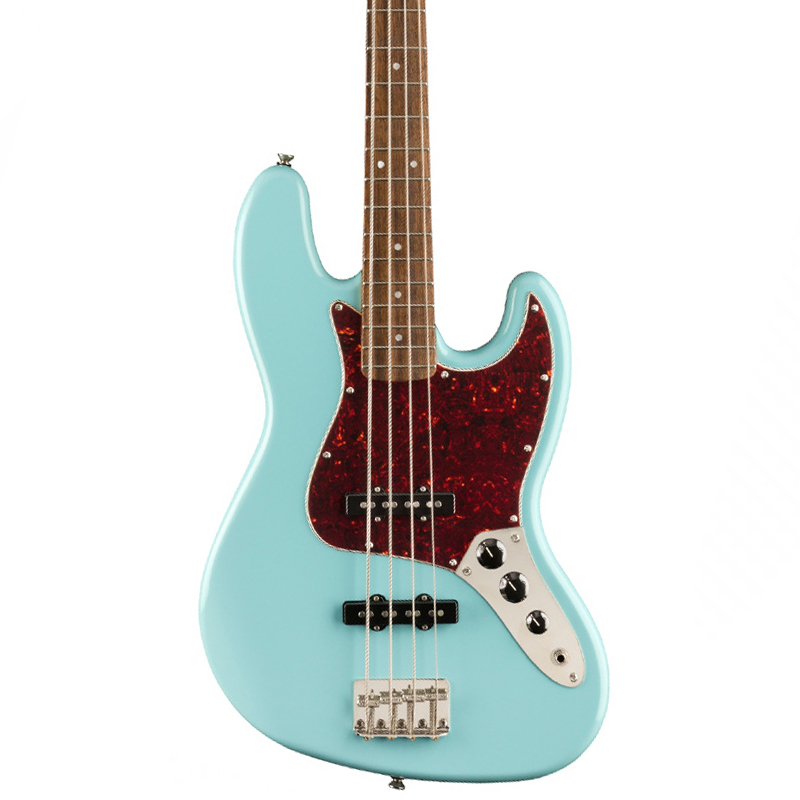
The Classic Vibe Jazz Bass is based on those original ‘60s models, and Fender’s entry-level brand Squier will give you a supremely comfortable ride and some uncannily vintage tones and plenty of change from 500 bucks.
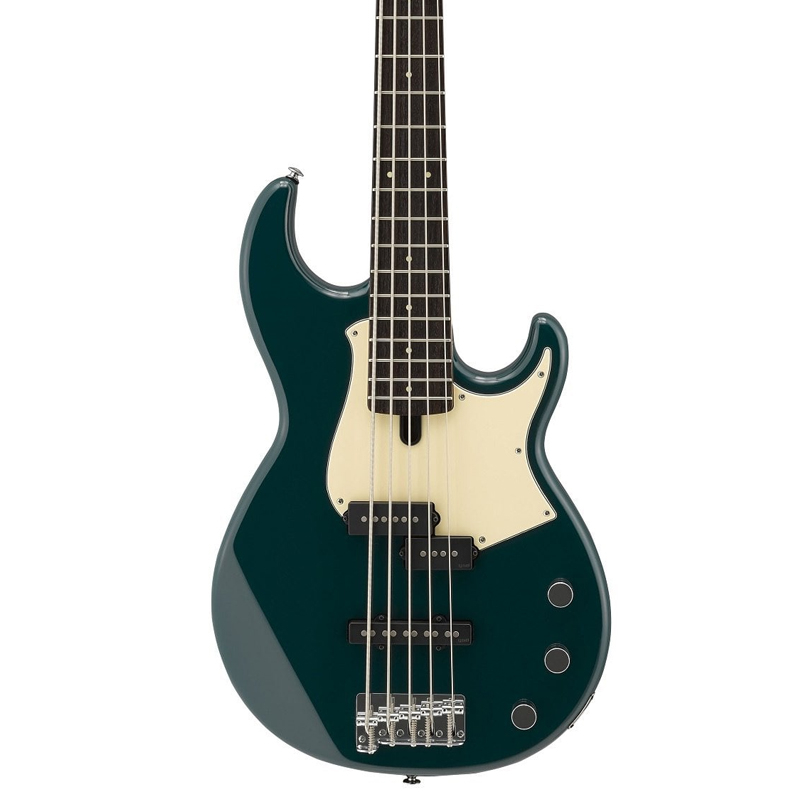
The BB435 nails that vintage-modern vibe, and like all great instruments it has a timeless quality, capable of holding its own in any company. Now, Yamaha does a very neat line in pro basses but this is an exceptionally priced instrument.
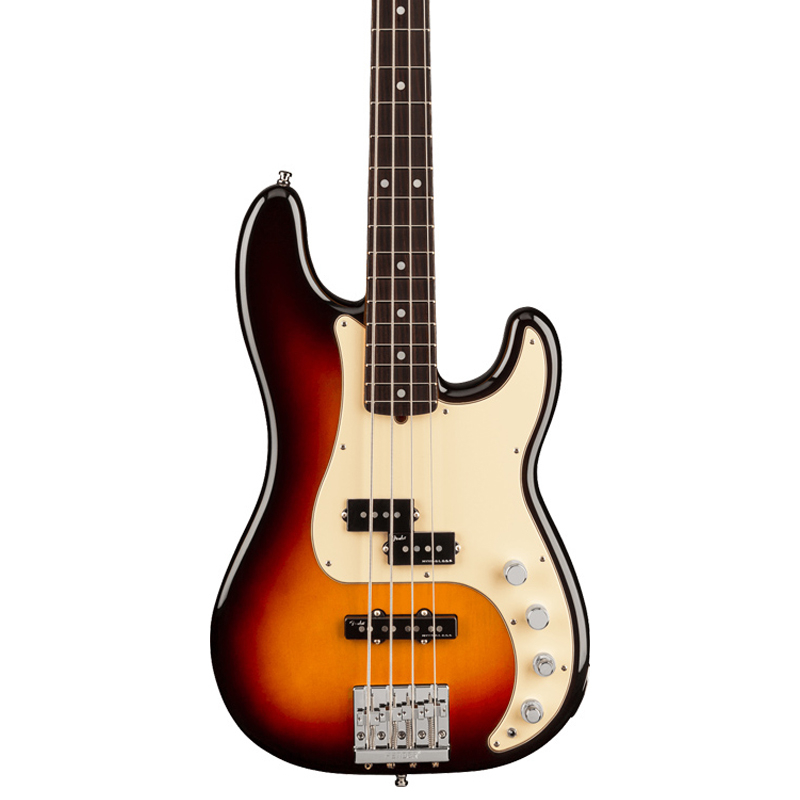
The American Ultra presents a more evolutionary than revolutionary approach to modernizing Fender’s top-line US-built instruments, and we think they found the sweet spot. This is unmistakably a P-Bass but with some very contemporary features.
Looking to improve your bass rig? Well our buyer's guides are here to help
- Here's is our pick of the best 5-string bass guitars
- Enhance your sound with the best bass effects pedals
- Work on your chops with the best bass amps for practice
- Best basses for metal from Warwick, Schecter, Ibanez and more
- Here is our pick of the best gifts for bass players
- Thicken up your low end with the best distortion pedals for bass
After spending a decade in music retail, I’m now a freelance writer for Guitar World, MusicRadar, Guitar Player and Reverb, specialising in electric and acoustic guitars, bass, and almost anything else you can make a tune with. When my head’s not buried in the best of modern and vintage gear, I run a small company helping musicians with songwriting, production and performance, and I play bass in an alt-rock band.
- Daryl RobertsonSenior Deals Writer

